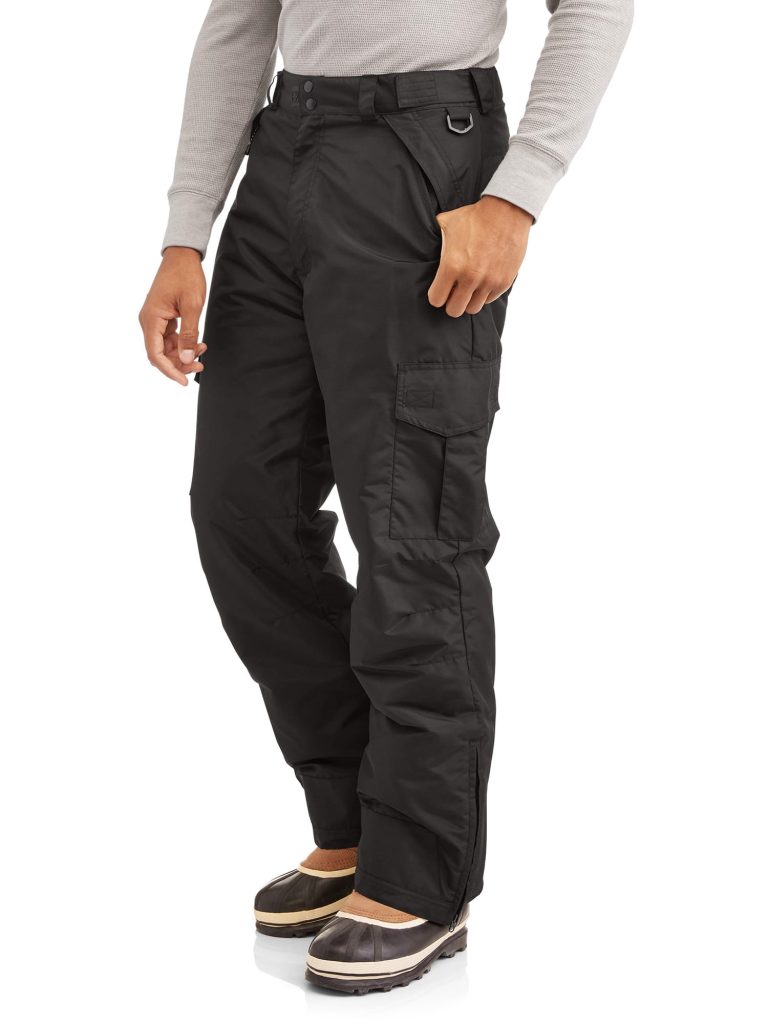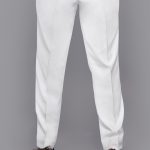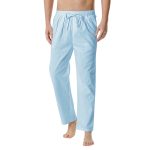Introduction
When it comes to winter sports, few items of clothing are as essential as a good pair of snow pants. Not only do they keep you warm and dry in cold and snowy conditions, but they also play a crucial role in your overall comfort and performance on the slopes. Whether you’re hitting the ski slopes, snowboarding, or simply enjoying a day of sledding with friends and family, mastering the art of wearing snow pants is key to staying warm, dry, and stylish during your winter adventures. Here are some tips to help you make the most of your snow pants and elevate your winter wardrobe to new heights.
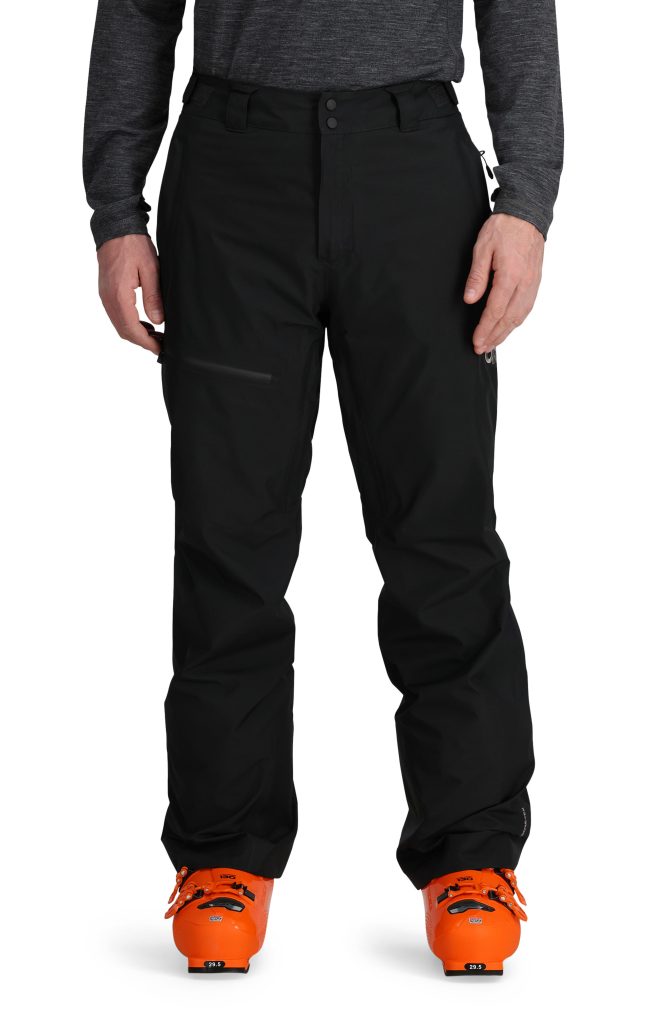
1. Choose the Right Fit:
The first step in mastering snow pants is finding the perfect fit. Look for snow pants that are snug but not too tight, allowing for ease of movement while still providing insulation against the cold. Consider whether you’ll be wearing additional layers underneath and choose a size that accommodates them comfortably. Adjustable waistbands and elasticized cuffs can help ensure a secure and personalized fit.
2. Opt for Waterproof and Breathable Materials:
When selecting snow pants, prioritize materials that are waterproof and breathable to keep you dry and comfortable throughout the day. Look for pants made from technical fabrics such as Gore-Tex or similar waterproof membranes that offer both protection from moisture and breathability to prevent overheating. Sealed seams and water-resistant zippers further enhance the pants’ ability to repel water and snow.
3. Layer Strategically:
Layering is key to staying warm and comfortable in cold weather, and the same principle applies to wearing snow pants. Start with a moisture-wicking base layer to keep sweat away from your skin, followed by insulating layers such as fleece or thermal leggings for added warmth. Top it off with your snow pants as the outer layer to shield against wind, snow, and moisture. Adjustable vents or zippered openings can provide additional ventilation when needed.
4. Pay Attention to Insulation:
Insulation is crucial for retaining body heat and staying warm in frigid temperatures. Insulated snow pants feature built-in insulation, typically made from synthetic materials like Thinsulate or down, to provide warmth without adding bulk. Consider the climate and conditions you’ll be facing when choosing the appropriate level of insulation for your snow pants. Insulated pants are ideal for cold, snowy days, while shell pants offer lightweight protection and versatility for milder weather.
5. Prioritize Mobility and Flexibility:
Mobility and flexibility are essential for maneuvering on the slopes and enjoying winter activities to the fullest. Look for snow pants with articulated knees and gusseted crotches for enhanced range of motion and flexibility. Stretch panels or elasticized inserts in strategic areas, such as the waistband or knees, can further improve mobility and ensure a comfortable fit. Opt for a relaxed or athletic fit that allows for freedom of movement without feeling restrictive.
6. Choose Functional Features:
Functional features can enhance the performance and versatility of your snow pants, making them more practical and user-friendly. Look for pants with features such as reinforced cuffs to protect against abrasion from ski edges or boot buckles, adjustable suspenders or waistbands for a customizable fit, and articulated knees for natural movement. Additional pockets, including waterproof or zippered options, provide convenient storage for essentials like keys, phone, or snacks.
7. Coordinate with Your Outerwear:
While functionality is paramount when it comes to snow pants, there’s no reason why you can’t look stylish on the slopes. Coordinate your snow pants with your jacket and other outerwear for a cohesive and put-together look. Choose complementary colors or patterns to create a cohesive ensemble, or mix and match different pieces for a more eclectic vibe. Accessories such as beanies, gloves, and scarves can add personality and flair to your winter outfit.
8. Don’t Forget About Safety:
In addition to warmth and style, safety should always be a top priority when wearing snow pants. Opt for pants with built-in features such as reinforced padding or armor in high-impact areas like the knees and hips to provide added protection during falls or collisions. Reflective details or bright colors can also improve visibility in low-light conditions, helping you stay safe and visible on the slopes.
9. Invest in Quality:
When it comes to snow pants, quality is key. Investing in well-made, durable snow pants from reputable brands ensures that they will withstand the rigors of winter sports and provide reliable performance season after season. While quality snow pants may come with a higher price tag, they offer superior protection, comfort, and longevity, making them a worthwhile investment for avid outdoor enthusiasts.
10. Proper Care and Maintenance:
Extend the life of your snow pants by properly caring for and maintaining them throughout the winter season. Follow the manufacturer’s care instructions, including washing and drying guidelines, to preserve the integrity of the materials and ensure optimal performance. Regularly inspect your snow pants for signs of wear and tear, such as fraying seams or damaged zippers, and address any issues promptly to prevent further damage.
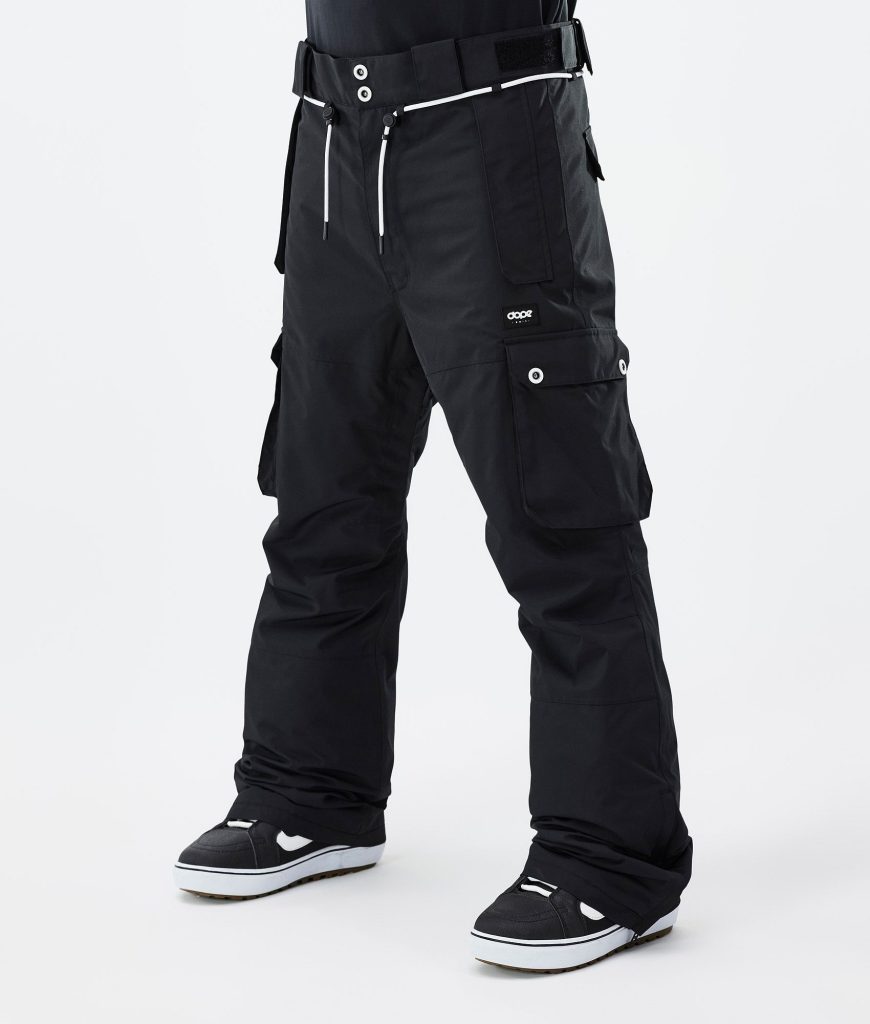
11. Consider Bibs for Added Coverage:
Bib-style snow pants, which feature suspenders and a higher waistline, offer added coverage and protection against snow and cold air. Bibs help prevent snow from getting inside your pants, keeping you dry and comfortable even during deep powder days. They also provide extra insulation for your core, making them a popular choice for backcountry skiing or snowboarding.
12. Test the Fit with Your Boots:
When trying on snow pants, be sure to wear the boots you’ll be using on the slopes to ensure a proper fit. The pant legs should be long enough to cover the tops of your boots without dragging on the ground, while still allowing for a full range of motion. Consider the type of boots you’ll be wearing—such as ski boots or snowboard boots—and choose snow pants with compatible features like reinforced cuffs or boot gaiters for a seamless fit.
13. Stay Dry with Proper Layering:
Moisture management is essential for staying warm and comfortable in cold weather. In addition to wearing waterproof snow pants, prioritize moisture-wicking base layers to keep sweat away from your skin and prevent chilling. Avoid cotton clothing, which retains moisture and can leave you feeling cold and clammy. Instead, opt for technical fabrics like merino wool or synthetic blends that wick moisture away from the body and dry quickly.
14. Don’t Overlook Ventilation:
While staying warm is important, it’s also essential to prevent overheating during physical activity. Look for snow pants with adjustable ventilation features, such as zippered vents or mesh-lined pockets, that allow you to regulate your body temperature and airflow as needed. Open vents during strenuous activity or in warmer conditions to release excess heat and moisture, then close them to retain warmth when temperatures drop.
15. Customize Your Comfort with Adjustable Features:
Customize your comfort and fit with snow pants that feature adjustable waistbands, cuffs, and suspenders. Adjustable waistbands allow you to achieve the perfect fit and accommodate varying layers underneath, while adjustable cuffs can be tightened to seal out snow and cold air or loosened for added ventilation. Suspenders help keep your pants in place and prevent them from sagging or sliding down, ensuring a secure and comfortable fit throughout the day.
16. Test for Mobility and Range of Motion:
Before hitting the slopes, take some time to test your mobility and range of motion in your snow pants. Perform movements such as squats, lunges, and leg lifts to ensure that the pants allow for unrestricted movement without feeling restrictive or binding. Pay particular attention to areas like the knees, hips, and waist, where flexibility is crucial for skiing, snowboarding, and other winter activities.
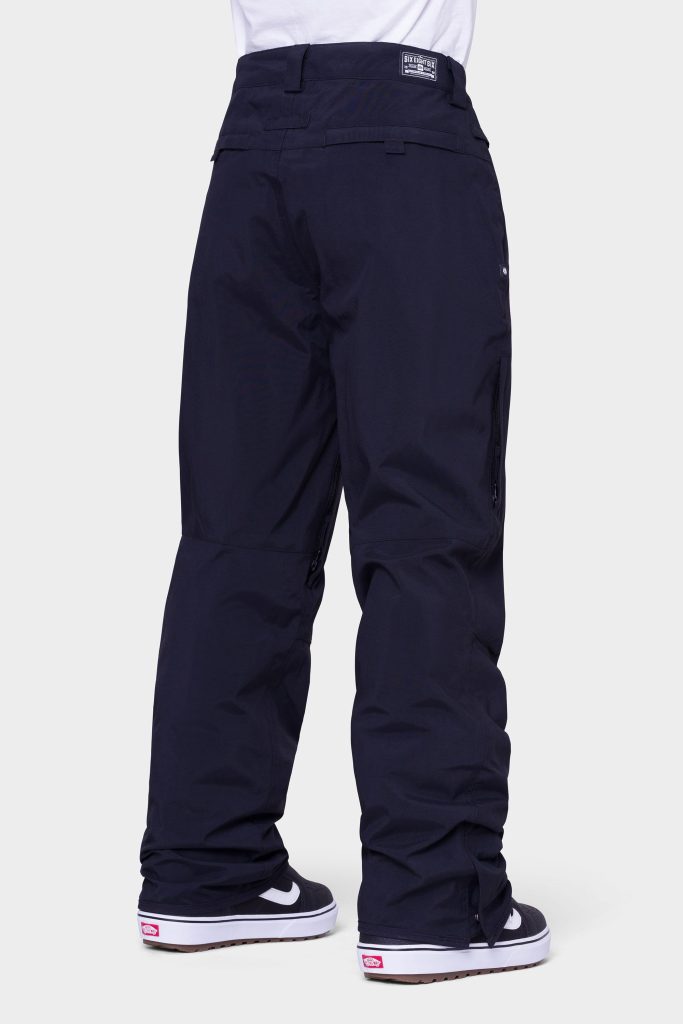
17. Pack Essentials in Your Pockets:
Utilize the pockets on your snow pants to conveniently store essential items such as lip balm, sunscreen, hand warmers, and snacks. Look for pants with zippered or waterproof pockets to keep your belongings secure and protected from the elements. Consider the location and accessibility of the pockets when choosing snow pants, opting for options that offer ample storage without adding bulk or interfering with your movement.
18. Layer Up for Versatility:
Maximize the versatility of your snow pants by layering them over different types of base layers and midlayers to accommodate changing weather conditions and activity levels. For example, wear lightweight base layers and shell pants for mild or spring skiing conditions, then add insulating layers for extra warmth on colder days. By layering strategically, you can adapt your outfit to suit a range of temperatures and environments without sacrificing comfort or performance.
19. Embrace Reflective Details for Safety:
Enhance your visibility and safety on the slopes by choosing snow pants with reflective details or bright colors. Reflective accents increase your visibility in low-light conditions, such as dawn or dusk skiing, making it easier for other skiers and riders to see you on the mountain. Opt for pants with reflective logos, piping, or trim that provide 360-degree visibility and peace of mind during nighttime or low-visibility activities.
20. Experiment with Style and Expression:
While functionality is paramount, don’t be afraid to express your personal style and personality through your snow pants. Experiment with different colors, patterns, and designs to create a unique look that reflects your individuality and preferences. Whether you prefer bold and vibrant hues, classic neutrals, or eye-catching prints, choose snow pants that make you feel confident and comfortable on and off the slopes.
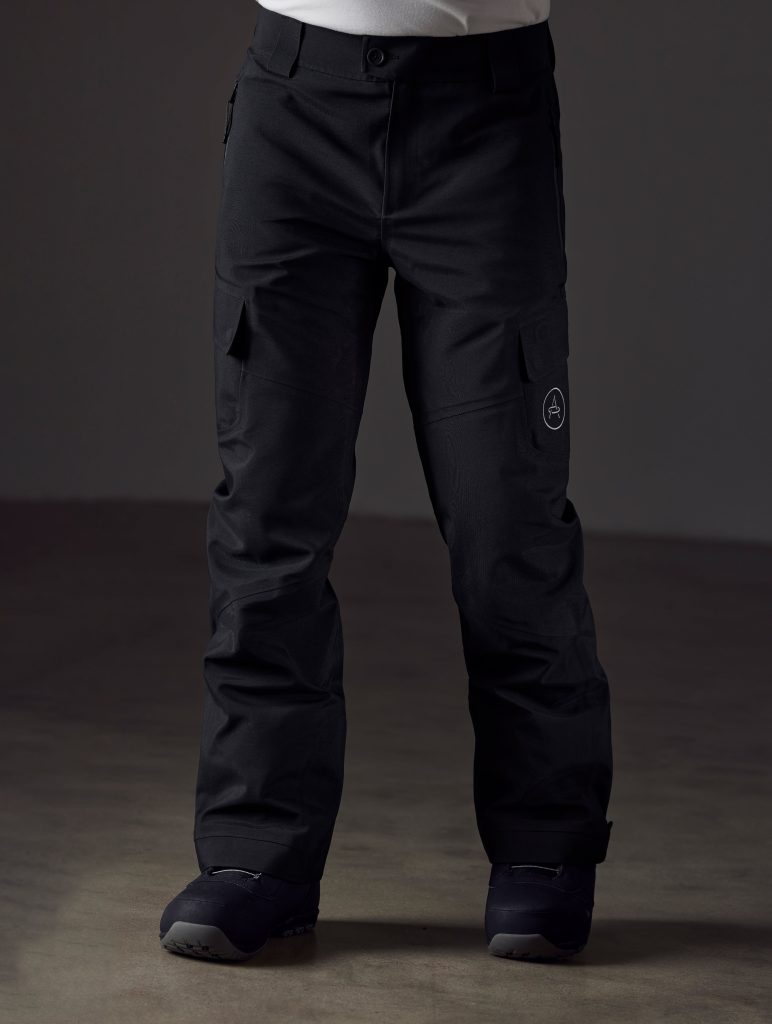
In conclusion
Mastering the art of wearing snow pants involves choosing the right fit, materials, and features to stay warm, dry, and stylish on the slopes. Prioritize functionality, mobility, and safety when selecting snow pants, and don’t be afraid to invest in quality outerwear that will withstand the elements and provide reliable performance season after season. With these tips in mind, you’ll be well-equipped to conquer the winter weather in style and comfort, allowing you to fully enjoy all the outdoor adventures that the season has to offer.
